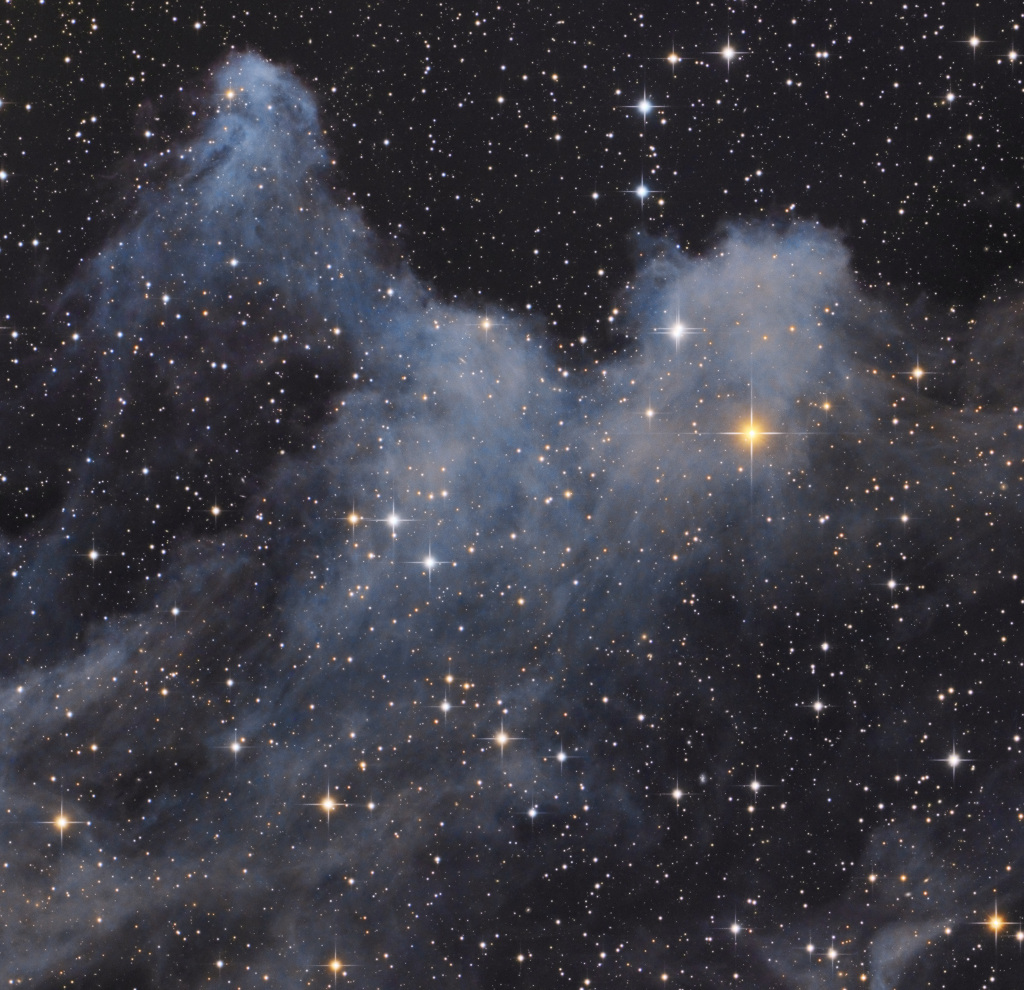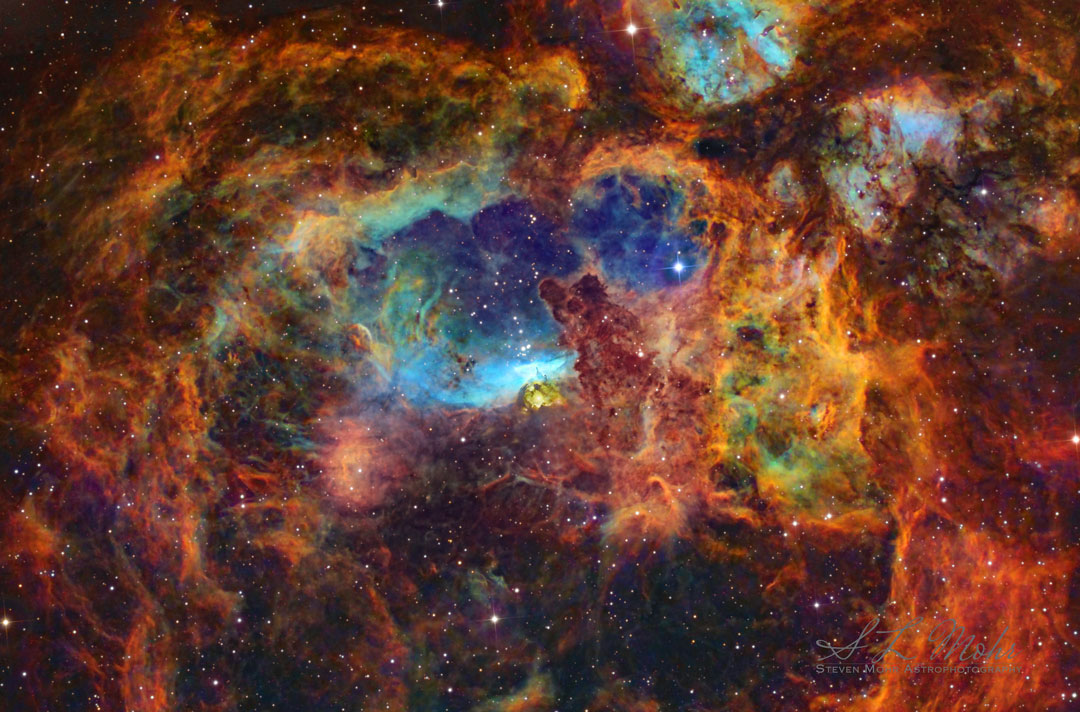Blog
Poncho Sánchez (born Filoberto Sanchez , October 30, 1951) is an American conguero (conga player), Latin jazz band leader, and salsa singer. In 2000, he and his ensemble won the Grammy Award for Best Latin Jazz Album for their work on the Concord Picante album Latin Soul. Sanchez has performed with artists including Cal Tjader, Mongo Santamaría, Hugh Masekela, Clare Fischer, and Tower of Power.
The youngest of eleven children, Poncho Sanchez was born in Laredo, Texas and reared in Norwalk, California. Growing up, he was exposed to and influenced by two different styles of music: Afro-Cuban music (mambo, son, cha-cha, rumba, guaracha, and Changui) by Tito Puente and others, and bebop jazz, including the works of Dizzy Gillespie and Charlie Parker.
Originally a guitarist, he discovered his talent for singing during an audition for the R&B band The Halos that rehearsed across the street from his residence. Sanchez became the lead vocalist of The Halos, and would go on to teach himself the flute, the drums, and timbales before finally deciding in high school to pursue conga drumming above all.
Sanchez has released dozens of LP and CD albums.
more...Clifford Benjamin Brown[1] (October 30, 1930 – June 26, 1956) was an American jazz trumpeter. He died at the age of 25 in a car accident,[2]leaving behind four years’ worth of recordings. He was also a composer of note: his compositions “Sandu,” “Joy Spring,”[3] and “Daahoud“[4] have become jazz standards.[5]
Brown won the Down Beat critics’ poll for New Star of the Year in 1954; he was inducted into the DownBeat Jazz Hall of Fame in 1972 in the critics’ poll.[2] He influenced later jazz trumpeters such as Booker Little, Freddie Hubbard, and Lee Morgan.
Brown was born into a musical family in a progressive East-Side neighborhood of Wilmington, Delaware. His father organized his four youngest sons, including Clifford, into a vocal quartet. Around age ten, Brown started playing trumpet at school after becoming fascinated with the shiny trumpet his father owned. At age thirteen, upon entering senior high, his father bought him his own trumpet and provided him with private lessons. As a junior in high school, he received lessons from Robert Boysie Lowery and played in “a jazz group that Lowery organized.” He even began making trips to Philadelphia. Brown took pride in his neighborhood and earned a good education from Howard High. In June 1956, Brown and Richie Powell embarked on a drive to Chicago for their next appearance. Powell’s wife Nancy was at the wheel so that Clifford and Richie could sleep. While driving at night in the rain on the Pennsylvania Turnpike, west of Bedford, she is presumed to have lost control of the car, which went off the road, killing all three in the resulting crash. Brown is buried in Mt. Zion Cemetery, in Wilmington, Delaware.
more...Attilio Joseph “Teo” Macero (October 30, 1925 – February 19, 2008) was an American jazz saxophonist, composer, and record producer. He was a producer at Columbia Records for twenty years. Macero produced Miles Davis‘ Bitches Brew, and Dave Brubeck’s Time Out, which are two of the best-selling and most influential jazz albums of all time. Although the extent of his role has been disputed, he also has been associated with the production of Davis’ 1959 album Kind of Blue, jazz’s best-selling record.
Teo Macero was born and raised in Glens Falls, New York. After serving in the United States Navy, he moved to New York City in 1948 to attend the Juilliard School of Music. He studied composition, and graduated from Juilliard in 1953 with Bachelor’s and Master’s degrees.
In 1953, Macero co-founded Charles Mingus‘ Jazz Composers Workshop, and became a major contributor to the New York City avant-garde jazz scene. As a composer, Macero wrote in an atonal style, as well as in third stream, a synthesis of jazz and classical music. He performed live, and recorded several albums with Mingus and the other Workshop members over the next three years, including Jazzical Moods (in 1954) and Jazz Composers Workshop (in 1955).
https://www.youtube.com/watch?v=NlSPQE-AMtE
more...Fandango is a lively couples dance originating from Portugal and Spain, usually in triple metre, traditionally accompanied by guitars, castanets, or hand-clapping (“palmas” in Spanish). Fandango can both be sung and danced. Sung fandango is usually bipartite: it has an instrumental introduction followed by “variaciones”. Sung fandango usually follows the structure of “cante” that consist of four or five octosyllabic verses (coplas) or musical phrases (tercios). Occasionally, the first copla is repeated.
more...
The interstellar scene lies within the dusty expanse of reflection nebula IC 2118 in the constellation Orion. IC 2118 is about 800 light-years from your neighborhood, close to bright bluish star Rigel at the foot of Orion. Often identified as the Witch Head nebula for its appearance in a wider field of view it now rises before the witching hour though. With spiky stars for eyes, the ghoulish apparition identified here seems to extend an arm toward Orion’s hot supergiant star. The source of illumination for IC 2118, Rigel is just beyond this frame at the upper left.

Denny Laine (born Brian Frederick Hines; 29 October 1944) is an English musician, singer, and songwriter, known as a founder of two major British rock bands: The Moody Blues, with whom he played from 1964-66, and Paul McCartney and Wings, with whom he played from 1971-81. Laine has worked with a variety of artists and groups over a six decade career, and continues to record and perform as a solo artist. In 2018, Laine was inducted into the Rock and Roll Hall of Fame as a member of the Moody Blues.
more...Willem Bernard “Pim” Jacobs (29 October 1934 – 3 July 1996) was a Dutch jazz pianist, composer and television presenter.
Jacobs was born on 29 October 1934 in Hilversum, the Netherlands. His parents were artistic. He started playing the piano at the age of six. His brother, Ruud, was born in 1938 and became a jazz bassist.
more...John Haley “Zoot” Sims (October 29, 1925 – March 23, 1985) was an American jazz saxophonist, playing mainly tenor but also alto (and, later, soprano) saxophone. He first gained attention in the “Four Brothers” sax section of Woody Herman‘s big band, afterward enjoying a long solo career, often in partnership with fellow saxmen Gerry Mulligan and Al Cohn.
Sims was born in 1925 in Inglewood, California to vaudeville performers Kate Haley and John Sims. His father was a vaudeville hoofer, and Sims prided himself on remembering many of the steps his father taught him. Growing up in a performing family, he learned to play drums and clarinet at an early age. His brother was the trombonist Ray Sims.
more...Cataloged as NGC 6357, the Lobster Nebula houses the open star cluster Pismis 24 near its center — a home to unusually bright and massive stars. The overall blue glow near the inner star forming region results from the emission of ionized hydrogen gas. The surrounding nebula, featured here, holds a complex tapestry of gas, dark dust, stars still forming, and newly born stars. The intricate patterns are caused by complex interactions between interstellar winds, radiation pressures, magnetic fields, and gravity. NGC 6357 spans about 400 light years and lies about 8,000 light years away toward the constellation of the Scorpion.

Richard Bona (born 28 October 1967) is a Cameroon-born American musician, multi-instrumentalist and vocalist.
Bona Pinder Yayumayalolo was born in Minta, Cameroon, into a family of musicians, which enabled him to start learning music from a young age. His grandfather was a griot – a West African singer of praise and storyteller – and percussionist, as his mother was a singer. When he was four years old, Bona started to play the balafon. At the age of five, he began performing at his village church. Not being wealthy, Bona made many of his own instruments: including flutes and guitars (with cords strung over an old motorcycle tank).
His talent was quickly noticed, and he was often invited to perform at festivals and ceremonies. Bona began learning to play the guitar at the age of 11, and in 1980, aged just 13, he assembled his first ensemble for a French jazz club in Douala. The owner befriended him and helped him discover jazz music, in particular that of Jaco Pastorius, which inspired Bona to switch his focus to the electric bass.
more...Elton Dean (28 October 1945 – 8 February 2006) was an English jazz musician who performed on alto saxophone, saxello (a variant of the soprano saxophone) and occasionally keyboards.
Dean was born in Nottingham, England, moving to Tooting, London, soon after his birth. From 1966 to 1967, Dean was a member of the band Bluesology, led by Long John Baldry. The band’s pianist, Reginald Dwight, afterward combined Dean’s and Baldry’s first names for his own stage name, Elton John. This fact is noted in the 2019 film Rocketman, a biopic of the life and career of Elton John, where Dean is portrayed by Evan Walsh.
more...Glen Moore (born October 28, 1941 in Portland, Oregon) is a jazz bassist who occasionally performs on piano, flute and violin.
His performing career began at age 14 with the Young Oregonians in Portland, Oregon where he met and played with Native American saxophonist, Jim Pepper. He graduated with a degree in History and Literature from the University of Oregon. His formal bass instruction started after college with Jerome Magil in Portland, James Harnett in Seattle, Gary Karr in New York, Plough Christenson in Copenhagen, Ludwig Streicher in Vienna and Francois Rabbath in Hawaii. For the past 30 years, Glen has played a Klotz bass fiddle crafted in Tyrol circa 1715 on which he has made extensive use of a unique tuning with both a low and high C string.
Moore is a founding member of Oregon, but worked also regularly with Rabih Abou-Khalil, Vasant Rai, Nancy King and Larry Karush.
more...Charles Edward Daniels (October 28, 1936 – July 6, 2020) was an American singer, songwriter and multi-instrumentalist known for his contributions to Southern rock, country, and bluegrass music. He was best known for his number-one country hit “The Devil Went Down to Georgia“. Much of his output, including all but one of his eight Billboard Hot 100 charting singles, was credited to the Charlie Daniels Band.
Daniels was active as a singer and musician from the 1950s until his death. He was inducted into the Cheyenne Frontier Days Hall of Fame in 2002,[6]the Grand Ole Opry in 2008, the Musicians Hall of Fame and Museum in 2009, and the Country Music Hall of Fame in 2016. Daniels was born October 28, 1936, in Wilmington, North Carolina, and raised on a musical diet that included Pentecostal gospel, local bluegrass bands, and the rhythm & blues and country music from Nashville’s 50,000-watt AM radio stations WLAC and WSM.
more...More Posts
- Jim Zieba “Sitting back and enjoying the music”
- Nothando Zulu doesn’t separate the artist from the community
- Chris Johnson: He Gets Paid by the Rest
- Johnna Morrow: Survival Through Diversification
- Kevin Washington: Jumping Out of the Box
- Milo Fine: Composing in Real Time
- Homewood Studios: You Do Not Have to Leave the Community to Find Great Art
- David Harris: Music Builds Community
- Jamie Carter: Music is a Reflection of Life
- Merlin Brunkow-Bronco Keeps on Playing
- Scott Nieman-Music Brings People Together Locally and Globally
- KARIBUNI
- Maqam
- Ancestor Energy
- Maroons
- Mojo Roots
- Voices of Sepharad
- Beau Koo Jacks
- World Cafe International
- Mojo Roots: Prakriti’s Kiss